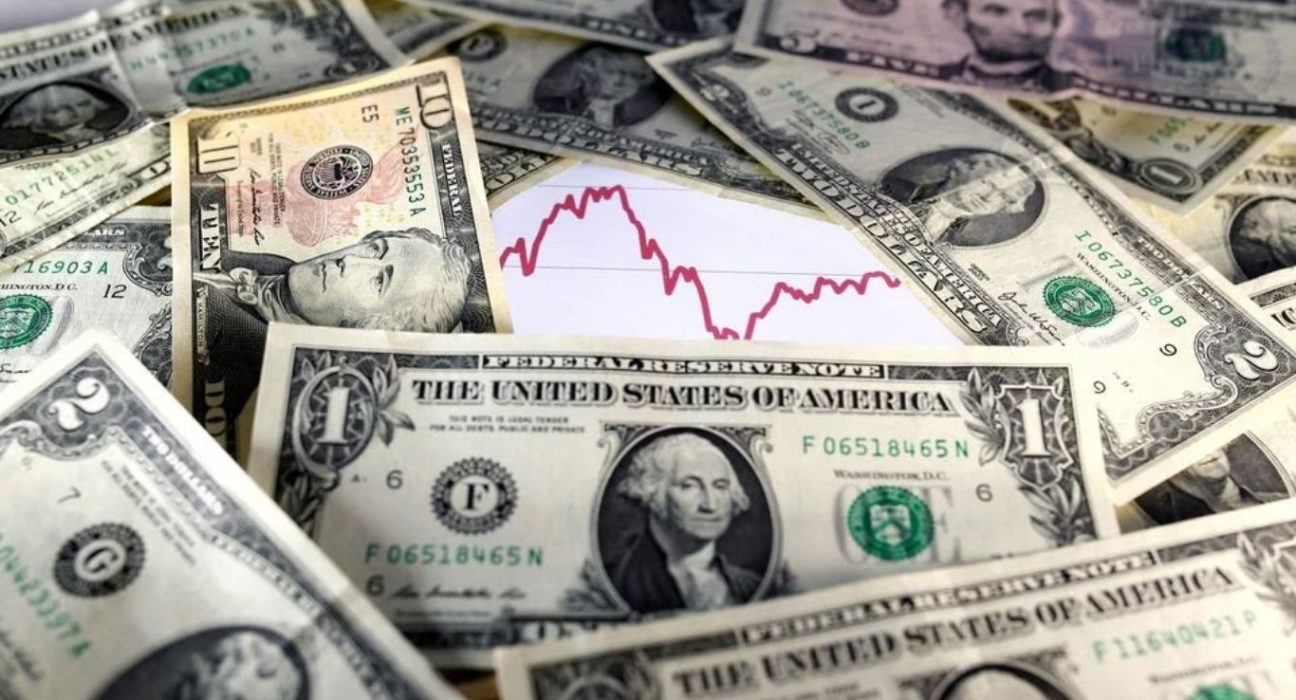The US Dollar Index (USDX) is a popular tool for traders and investors who want to track the performance of the US dollar against a basket of six major currencies: the euro, the Japanese yen, the British pound, the Canadian dollar, the Swiss franc and the Swedish krona. The USDX reflects the relative strength or weakness of the dollar in relation to these currencies, which are some of the US’s most important trading partners.
The USDX started this week at 101.62 and traded in a narrow range between 101.22 and 101.81. It ended the week at 101.23, down 0.37% from its opening level. The USDX posted its first weekly gain in three weeks, but failed to break above the 102 level that has acted as a resistance since March.
The main drivers of the USDX this week were the mixed economic data from the US and other countries, the expectations of inflation and interest rate movements, and the geopolitical tensions between the US and China over Taiwan.
US Economic Data
The US economic data this week was mostly positive, showing signs of recovery from the pandemic-induced recession. The highlights were:
– The nonfarm payrolls report for April, which showed that the US economy added 266,000 jobs, much lower than the consensus estimate of 978,000 jobs. However, the unemployment rate rose slightly to 6.1%, while the labor force participation rate increased to 61.7%. The average hourly earnings also rose by 0.7% month-over-month and 0.3% year-over-year, indicating wage pressures amid labor shortages.
– The consumer price index (CPI) for April, which showed that inflation surged by 0.8% month-over-month and 4.2% year-over-year, exceeding market expectations and reaching the highest level since September 2008. The core CPI, which excludes food and energy prices, also jumped by 0.9% month-over-month and 3% year-over-year, the highest since January 1996.
– The producer price index (PPI) for April, which showed that producer inflation rose by 0.6% month-over-month and 6.2% year-over-year, beating market forecasts and reaching the highest level since November 2010. The core PPI, which excludes food and energy prices, also increased by 0.7% month-over-month and 4.1% year-over-year, the highest since July 2011.
– The retail sales report for April, which showed that consumer spending was unchanged from March, missing market expectations of a 1% increase. However, March’s figure was revised up to a 10.7% surge from a previously reported 9.8% jump. The core retail sales, which exclude autos, gas, building materials and food services, also fell by 1.5% month-over-month, after rising by 7.6% in March.
– The industrial production report for April, which showed that industrial output rose by 0.7% month-over-month, slightly below market expectations of a 1% increase. However, March’s figure was revised up to a 2.4% gain from a previously reported 1.4% rise. The manufacturing production also increased by 0.4% month-over-month, after rising by 3.1% in March.
– The consumer sentiment index for May (preliminary), which showed that consumer confidence improved to 82.8 from 88.3 in April, beating market expectations of 90.4. The current conditions index also rose to 90.8 from 97.2 in April, while the expectations index fell to 77.6 from 82.7 in April.
The mixed data raised questions about the pace and sustainability of the US economic recovery and the outlook for inflation and interest rates.
Inflation and Interest Rates
The surge in inflation in April fueled concerns that price pressures could be more persistent than transitory, as the Federal Reserve has repeatedly assured.
The Fed has maintained that it will keep its ultra-accommodative monetary policy stance until it sees substantial progress towards its goals of maximum employment and stable inflation around 2%. The Fed has also signaled that it will tolerate inflation overshooting its target for some time as part of its new flexible average inflation targeting framework.
However, some market participants have started to doubt the Fed’s credibility and patience amid signs of overheating in some sectors of the economy.










